Choosing And Using A Safe Room During Hurricanes
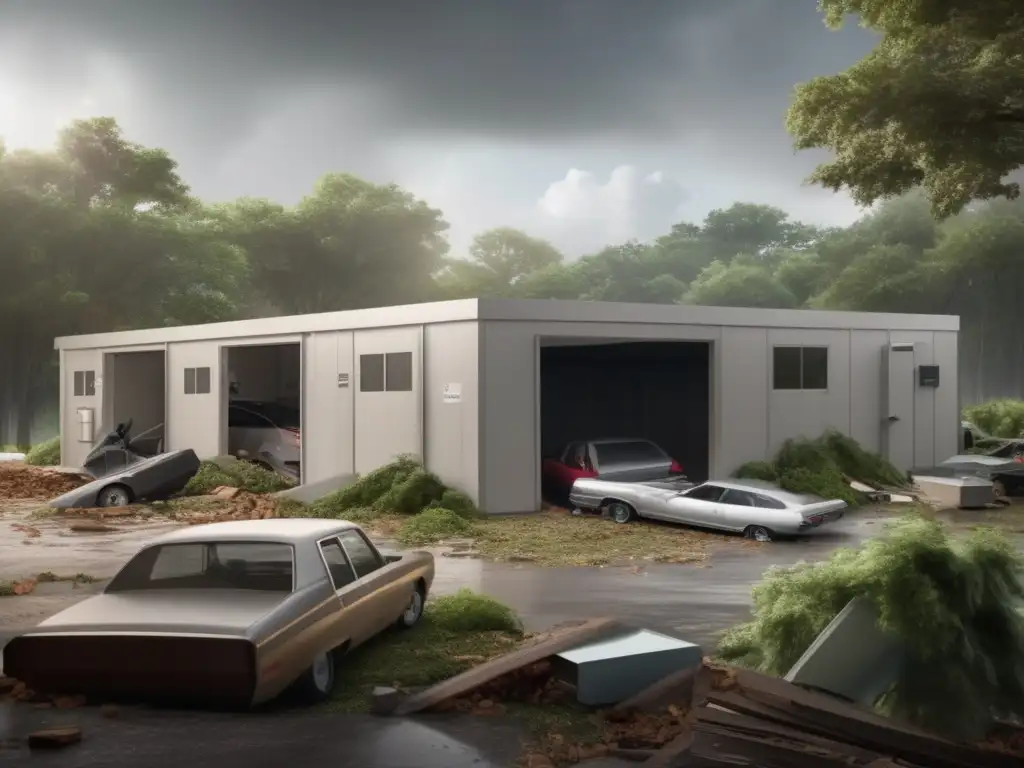
Choosing and Using a Safe Room During Hurricanes
Introduction
When hurricanes threaten, many residents along the coastlines take safety measures to protect themselves and their homes. One such safety measure is to have a designated "safe room" in their home. A safe room is a reinforced or hardened space available for occupants to seek shelter during a severe storm or tornado, providing a high degree of protection from wind and flying debris.
This article aims to provide basic knowledge about safe rooms, what they are, why they are important, how to build or buy one, and how to use it during a hurricane.
What is a Safe Room?
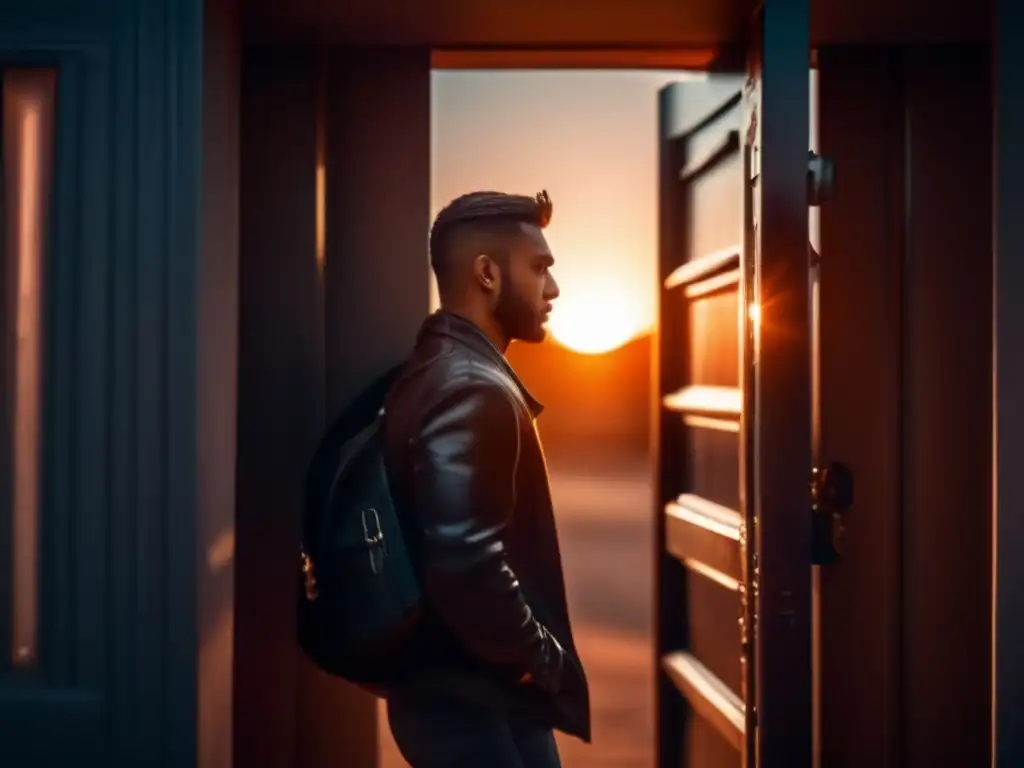
A safe room is a designated room or structure within a house that's designed to protect the occupants from the hazards of extreme weather events, such as hurricanes, tornadoes, and other natural disasters. Safe rooms are built to resist wind-borne debris and structural failure during catastrophic weather conditions.
Safe rooms can be a pre-existing room in your home or a separate structure, which can be constructed indoors or outdoors. Safe rooms typically include reinforced walls, roofs, and doors, as well as additional features like ventilation, communication devices, and emergency supplies.
The Federal Emergency Management Agency (FEMA) has specified two types of safe rooms:
- Above Ground: Reinforced areas that can withstand high winds and flying debris, usually located in a ground-floor room or basement.
- Below Ground: Reinforced areas underground, such as basements or storm cellars, designed to protect occupants from the effects of wind and flying debris.
Both above and below-ground safe rooms can provide protection, but choosing the type depends on various factors, including your location, accessibility, and the amount of time you have to prepare.
Why are Safe Rooms Important During Hurricanes?
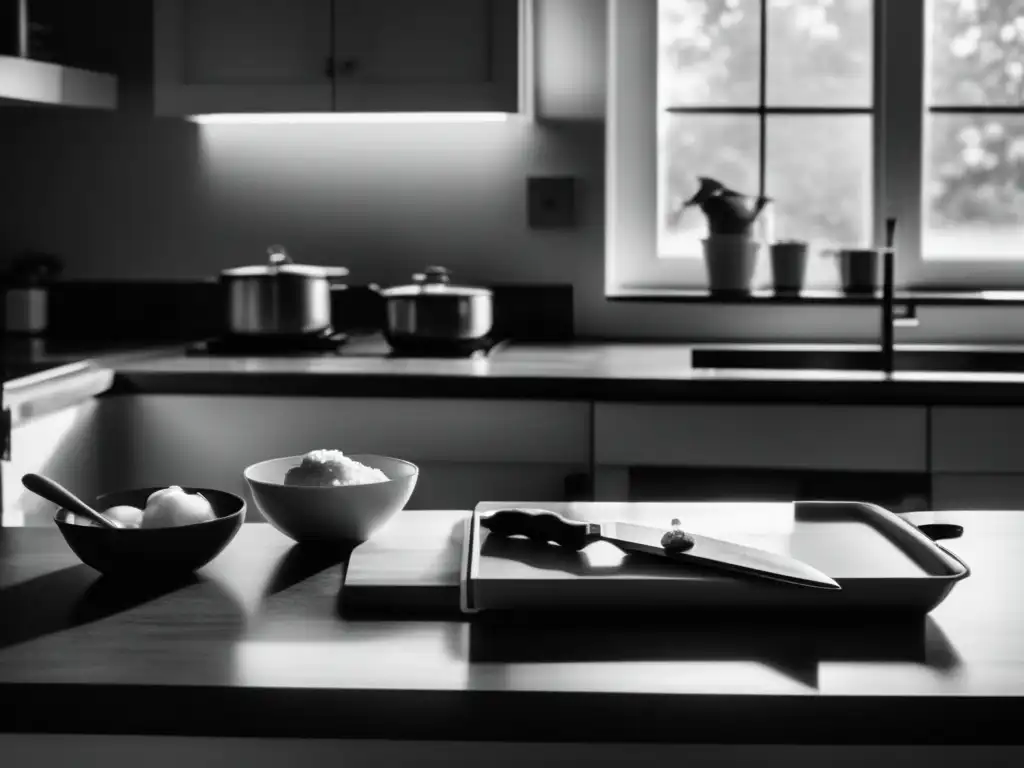
A safe room is one of the most effective ways to protect yourself and your family during a hurricane. They provide a high level of protection against high winds, flying debris, and other hazards associated with hurricanes.
Safe rooms offer safety and peace of mind for families living in hurricane-prone areas. They help reduce the risks of injury or death during severe storms while providing shelter and protection from the devastating effects of these natural disasters.
- Safety: The primary benefit of a safe room is to provide a secure and safe space for occupants during a hurricane.
- Protection: Safe rooms offer added protection against wind-borne debris that can cause significant damage to homes and properties.
- Property Protection: Safe rooms may help prevent property damage, which can result in lower repair costs and insurance claims.
- Peace of Mind: A safe room provides peace of mind to individuals and families who live in hurricane-prone areas by providing a designated space for specific safety plans.
Building or Buying a Safe Room

Building or buying a hurricane-safe room requires careful planning and consideration. It's essential to make sure that the structure meets the required safety specifications and codes and that it is properly installed.
If you decide to build the safe room yourself, you must ensure you follow the specifications provided by FEMA and local building codes. If you don't have the skills, experience or time to build a safe room yourself, consider purchasing a pre-made safe room.
You can buy safe rooms from certified manufacturers who follow strict standards set by FEMA. These manufacturers will have their products tested to ensure they are hurricane-resistant and that they meet or exceed the required safety standards.
The following are some critical considerations when designing a safe room:
- Location: Select a location that is easily accessible in case of an emergency but also provides maximum protection from wind-borne debris. It's recommended to keep your safe room on the lowest floor to minimize exposure to wind.
- Size: Consider the number of people who will use the safe room and design the size accordingly. FEMA recommends that each person must have at least three square feet of space.
- Materials: The materials used in building a safe room should be strong enough to resist the force of high winds and flying debris. Consider using reinforced concrete or steel.
- Windows and Doors: Windows and doors should be impact-resistant and provide a tight seal to prevent wind and water intrusion. Consider using hurricane shutters or impact-resistant glass.
- Communication and Ventilation: Safe rooms should have communication devices such as radios or cell phones, and proper ventilation to ensure fresh air is supplied for occupants' safety.
Using Your Safe Room During a Hurricane

When a hurricane warning has been issued, ensure that you have prepared your safe room by stocking it with essential supplies, including water, food, blankets, and a first aid kit. Identify the safest route to your safe room and ensure that everyone in the household knows how to access it.
Once in the safe room, close all windows and doors, and turn off all electrical appliances. Ensure that you have communication devices such as a radio or cell phone in the event of an emergency. Stay in your safe room until the hurricane has passed and authorities say it's safe to leave.
If you don't have a safe room, you can still take other measures to protect yourself and your family during a hurricane:
- Stay Indoors: Stay inside and avoid going outside until authorities indicate it's safe to do so.
- Avoid Windows and Glass Doors: Stay away from windows and glass doors to minimize exposure to flying debris.
- Take Cover: Take cover in a small interior room, basement or closet on the lowest level of the house to seek protection.
- Stay Informed: Stay informed of the hurricane's path and listen to emergency alerts via radio, TV or social media.
Frequently Asked Questions
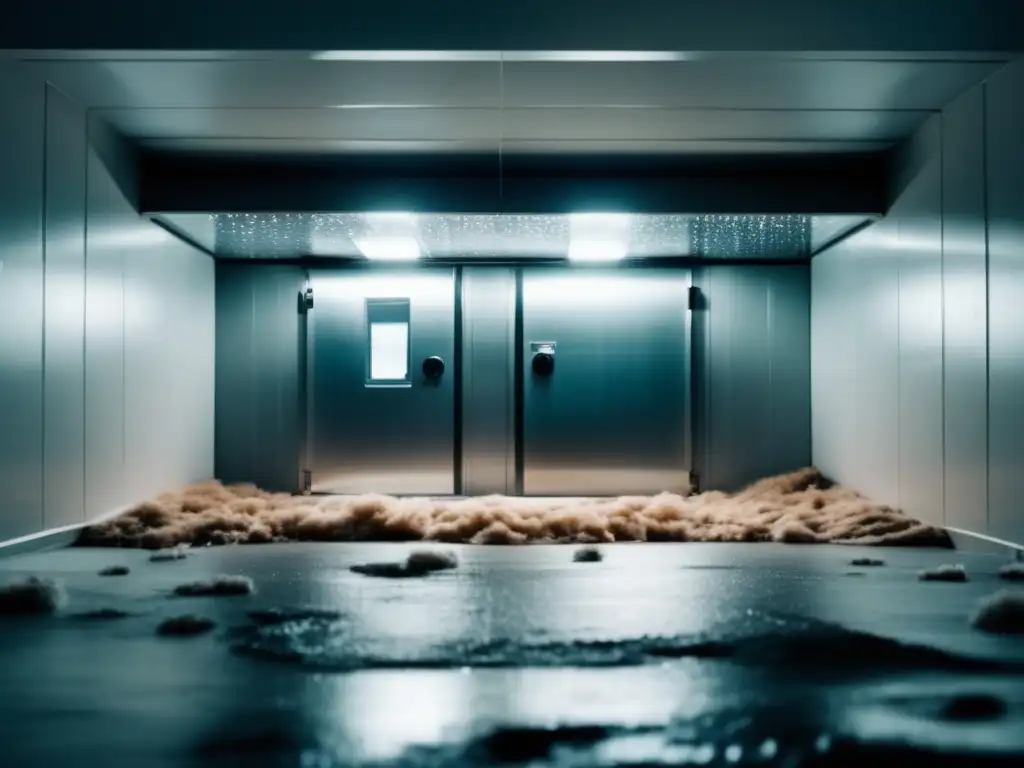
-
What is a safe room?
A safe room is a designated room or structure within a house that's designed to protect the occupants from the hazards of extreme weather events, such as hurricanes, tornadoes, and other natural disasters.
-
Why are safe rooms important during hurricanes?
Safe rooms offer safety and peace of mind for families living in hurricane-prone areas. They help reduce the risks of injury or death during severe storms while providing shelter and protection from the devastating effects of these natural disasters.
-
What should I consider when building a safe room?
You should consider factors like location, size, materials, windows and doors, communication devices, and ventilation when building a safe room.
-
How do I use my safe room during a hurricane?
When a hurricane warning has been issued, ensure that you have prepared your safe room by stocking it with essential supplies, identify the safest route to your safe room, close all windows and doors, and stay in your safe room until the hurricane has passed.
-
What if I don't have a safe room?
If you don't have a safe room, you can still take other measures to protect yourself and your family during a hurricane, including staying indoors, avoiding windows, taking cover in a small interior room, and staying informed.
Conclusion
Safe rooms are an effective way for individuals and families living in hurricane-prone areas to protect themselves and their properties during severe weather events. Designing, building, or buying a safe room requires careful consideration of various factors, including its location, size, materials, windows and doors, communication devices, and ventilation systems.
Owners of safe rooms must also know how to use them properly during a hurricane, including stocking them with essentials and remaining inside until it is safe to leave. While living in hurricane-prone areas comes with risks, implementing safety measures such as investing in a safe room promises to reduce the dangers associated with severe weather events.
Additional Resources
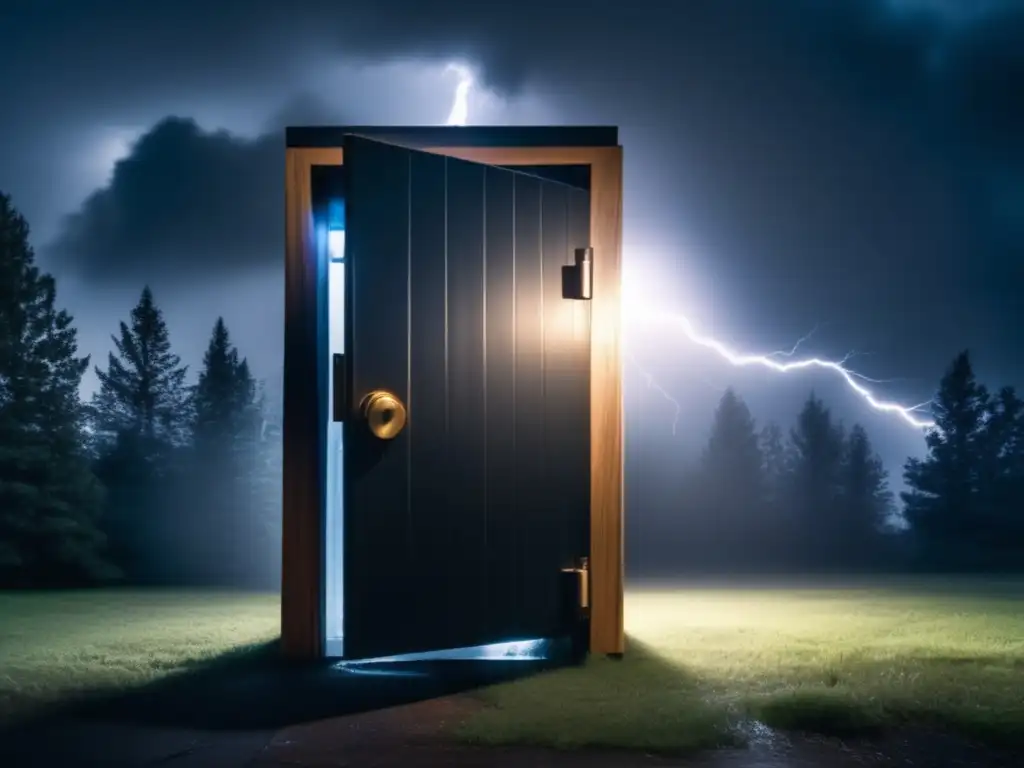
If you want to discover more articles similar to Choosing And Using A Safe Room During Hurricanes, you can visit the Hurricane preparedness: category.
Leave a Reply

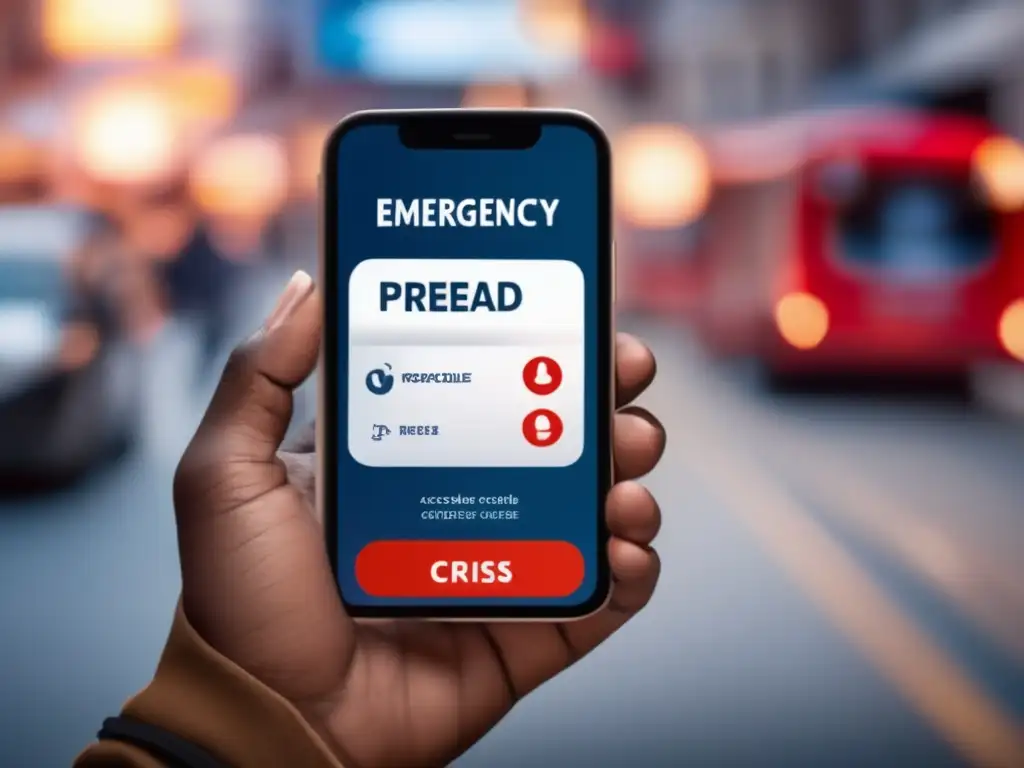
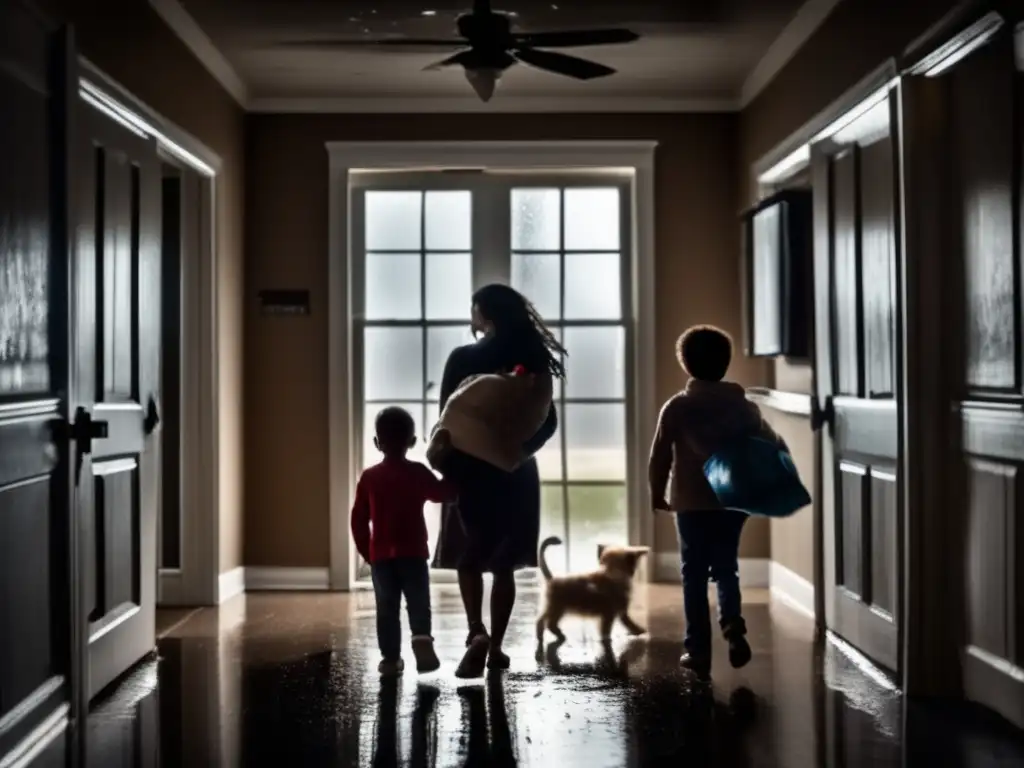

Articulos relacionados: